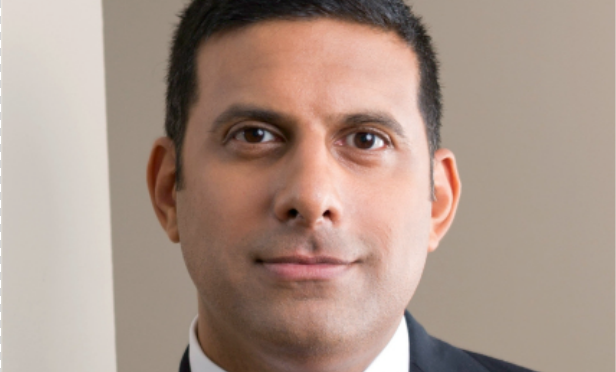Real estate assets in the highest demand and narrow spreads will likely not see much of an impact from the rising interest rates. Industrial assets, which have become the darling of commercial real estate, in particular will absorb rate increases into the spread. On the other hand, assets with wider spreads and less demand, specifically the retail class, will have more difficultly absorbing the interest rate increase and rising costs of capital into the spread.
“The industrial sector, all things being equal, will absorb the rate increases into spreads to a greater degree than will be the case for retail properties, which will see more upward pressure on cap rates and borrowing costs, in spite of the fact that retail cap rates are already higher than they are for industrial,” Sam Chandan, the founder of Chandan Economics, a Dean at NYU SPSSchack Institute of Real Estate and a partner at CapriCapital. For investors that have significant industrial property holdings, the impact of higher interest rates on the values will be more muted.”
This isn't only true for industrial product—which happens to be in the highest demand—but for any asset class with a narrow spread. Asset classes with wider spreads, like retail, will not absorb the rate increases as easily. “The qualifier here is that spreads are already narrow for the property types that are most in favor and they are the widest for the properties that are out of favor, so there is a limited cushion for the sectors with the most intense competition. That will certainly be a factor to consider,” explains Chandan, who is speaking next week at the Trigild Lender Conference in San Diego.
In demand asset classes will absorb rate increases because of both investor competition and lender competition. “The primary drivers are the intensity of investor competition and the intensity of lender competition to be the equity and the debt on the deal,” Chandan. “We are going to see that certain property types are in favor, and to the extent that is reflected in competition among investors for the property, that mutes the impact of higher underlying costs of capital.”
While some asset classes will absorb the interest rate increases better than others, Chandan reminds that interest rates, and particularly long-term interest rates, are still historically low. As a result, there will likely be little impact on investment activity. “It is important to remember that at the high end of the yield curve, rates are still low. Will there be cases of borrowers that run into trouble because in a higher interest rate environment they are unable to meet their debt service coverage thresholds? Invariably, we will encounter those situations,” he says. “But, by historic norms, rates are still low.”
It is also important to remember that interest rates are increasing for everyone, both investors and consumers, and that could have broader economic implications. “The underlying cost of capital is rising for all of us, and that will be important to thinking about consumer behavior in the economy because the cost of borrowing is going to go up,” adds Chandan. “That will likely have some impact on consumer spending activity.”
© Touchpoint Markets, All Rights Reserved. Request academic re-use from www.copyright.com. All other uses, submit a request to [email protected]. For more inforrmation visit Asset & Logo Licensing.







